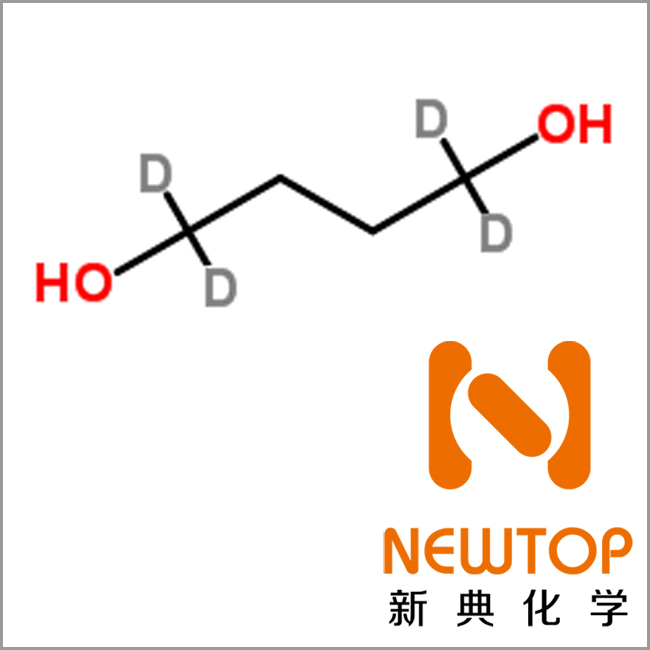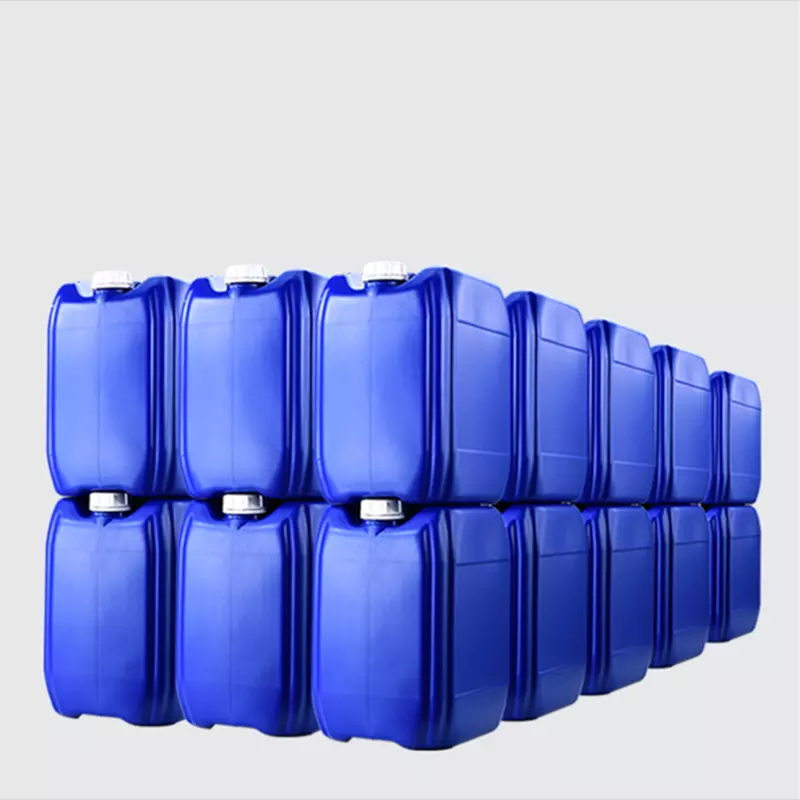Author: admin
HDI closed Bassington BL-7982
HDI closed Bassington BL-7982
Properties:
BI 7982 is a closed aliphatic PU bridge agent for single component light stabilized baking coatings.
BI 7982 is a trimer of HDI for coil coating and electrodeposition (ED) coating.
Specification:
Appearance : Transparent low viscosity liquid
NCO content : 10.2% (calculated value)
NCO equivalent weight :410(calculated value)
Viscosity @25℃ : 300-900mPa.s (Brookfield LV 2, 30rpm)
Solid content :68-72%
Solvent :Propylene Glycol Mono Methyl Ether
Free HDI Monomer :<0.1%
Flash point (A.c.c) :39℃
Specific gravity :1.0-1.1
Opening temperature :120℃
Storage and Transportation:
STORAGE: It is recommended to store in a dry and cool area with proper ventilation.
Packaging:
200KG/drum Please fasten the packaging cover as soon as possible after original packaging to prevent the mixing of other substances such as moisture and other substances that may affect the performance of the product. Do not inhale dust, avoid skin and mucous membrane contact. Smoking, eating and drinking are prohibited in the workplace. After work, shower and change clothes. Store contaminated clothes separately and reuse them after washing. Maintain good hygiene practices.
E_mail us : [email protected]
HDI water dispersion AsahiKasei WS20-70D
HDI water dispersion AsahiKasei WS20-70D
ABOUT:
NCO%:6.3
Viscosity:1930
Solid content:70%
Solvent:Dipropylene glycol monomethyl ether
Unsealing temperature:120℃
Storage and Transportation:
STORAGE: It is recommended to store in a dry and cool area with proper ventilation.
Packaging:
200KG/drum Please fasten the packaging cover as soon as possible after original packaging to prevent the mixing of other substances such as moisture and other substances that may affect the performance of the product. Do not inhale dust, avoid skin and mucous membrane contact. Smoking, eating and drinking are prohibited in the workplace. After work, shower and change clothes. Store contaminated clothes separately and reuse them after washing. Maintain good hygiene practices.
E_mail us : [email protected]
HDI low viscosity AsahiKasei WR39-100
HDI low viscosity AsahiKasei WR39-100
Type:
Water dispersible polyisocyanate based on hexamethylene diisocyanate
NCO%:21.3
Viscosity:1100
Solid content:100%
Features:
#High NCO content
# Low viscosity
# Long pot life
Applications:
#Automotive OEM coatings
# Automotive refinishes
#Industrial coatings (ACE, Train etc)
# Plastic coatings
# Floor coatings
#Roof coatings
Typical properties:
Appearance |
Colorless to slightly yellowish clear liquid |
Non-volatile |
100 wt% |
Solvent |
NONE |
NCO content |
21.2 wt% |
Viscosity |
510mPa .s at 25°C |
Color value |
<1 (Gardner) |
NCO equivalent weight |
Approx.198 |
Flash point |
194°C |
Relative density |
1.15(20°C) (H20 = 1) |
These values provide general information and are not part of the productspecifications.
E_mail us : [email protected]
N-Methyl-pyrrolidone NMP CAS872-50-4.pdf
n-Butanol CAS71-36-3.pdf
Gamma-Butyrolactone GBL CAS96-48-0 Gamma-Martinolactone.pdf
Adhesion Improvement Additive NT ADD AS3228.pdf
1,4-Butanediol BDO CAS110-63-4.pdf
1,4-Butanediol BDO CAS110-63-4
1,4-Butanediol BDO CAS110-63-4
Overview:
Chinese name: 1,4-Butanediol (BDO)
Alias:Butylene glycol 4-butanediol 1,4-butanediol 4-Dihydroxybutane 1,4-dihydroxybutane
English Name:1,4-Butylene glycol~Tetramethylene glycol; tetramethylene glycol; 1,4-Butylene glycol; 75% 1,4-BUTANEDIOL; butane-1,4-diol; butane-1,1- diol
1,4-Butylene glycol (Butane-1,4-diol) is an organic substance with the molecular formula C4H10O2 and molecular weight 90.12. It is a colorless or light yellow oily liquid in appearance. Flammable, freezing point 20.1℃, refractive index 1.4461. soluble in methanol, ethanol, acetone, slightly soluble in ether. It is hygroscopic and has a bitter odor, but slightly sweet in the mouth.
Used as solvent and humidifier, also used in plasticizer, drug, polyester resin, polyurethane resin, etc.
Molecular formula(Formula): C₄HO₂
Molecular Weight(Molecular Weight): 90.12
CAS No.: 110-63-4
Product Name: Butanediol 4-butanediol 1,4-butanediol 4-Dihydroxybutane 1,4-dihydroxybutane
Molecular structure: See figure
Molecular formula: C₄HO₂
Molecular weight: 90.12
CAS No.: 110-63-4
EINECS No.: 203-786-5
MDL No. MFCD00002968

Physical and chemical properties:
Colorless, oily liquid, not easy to ignite. In contact with high heat, open flame or oxidizer, there is a risk of combustion.
Freezing point ≤19.0℃
Mass fraction of 1,4-butanediol≥99.5%
Bromine value ≤0.10%
Refractive index 1.445~1.446
Water content ≤0.10%
Hydroxyl value ≤0.2%
Chromaticity (platinum a cobalt color) ≤25
Preparation:
- Acetylene method: 1,4-butynediol is made by reacting acetylene and formaldehyde in the presence of Cu-Bi catalyst at 98kPa and 80-95℃. The latter is then catalyzed by nickel skeleton and hydrogenated at 1.372-2.06 MPa, 50-60°C to 1,4-butenedioate, followed by further catalytic hydrogenation with Ni-Cu-Mn/Al2O3 (13.7-20.6 MPa, 120-140°C) to 1,4-butanediol, which is then purified by distillation after removal of metal ions by ion exchange resin. 2. Maleic Anhydride Hydrogenation method 3. Butadiene method Acetyl oxidation reaction of 1,3-butadiene with acetic acid and oxygen to produce 1,4-diacetoxy-2-butene, then hydrogenated and hydrolyzed to make 4. 1,4-dichlorobutene method 1,4-dichlorobutene is an intermediate product of the process of producing chlorobutadiene from butadiene, which is used as raw material, hydrolyzed and hydrogenated to obtain 1,4-butanediol.
Uses:
1,4-butanediol is an important organic chemical and fine chemical raw material, and is the basic raw material for the production of polybutylene terephthalate (PBT) engineering plastics and PBT fiber; PBT plastic is one of the five most promising engineering plastics.
1,4 butanediol is the main raw material for the production of tetrahydrofuran, which is an important organic solvent. The polytetramethylene glycol ether (PTMEG) obtained after polymerization is the basic raw material for the production of high-elasticity spandex (Lycra fiber). Spandex is mainly used in the production of high-elasticity knitted products such as advanced sportswear and swimwear.
γ-butyrolactone, a downstream product of 1,4-butanediol, is the raw material for the production of 2-pyrrolidone and N-methylpyrrolidone products, from which a series of high value-added products such as vinylpyrrolidone and polyvinylpyrrolidone are derived, which are widely used in pesticides, pharmaceuticals and cosmetics.
Applications:
Used as solvent and humidifier, also used to make plasticizer, drugs, polyester resin, polyurethane resin, etc.
Storage and transportation:
Should be sealed and stored in a dry, cool and ventilated warehouse
Package:
200KG/drum Storage: It is recommended to store in dry and cool area with proper ventilation. Please fasten the lid as soon as possible after the original packaging to prevent the mixing of other substances such as water and other substances from affecting the product performance. Do not inhale dust and avoid skin and mucous membrane contact. Smoking, eating and drinking are prohibited in the workplace. After work, shower and change clothes. Store contaminated clothes separately and wash them before use. Maintain good hygiene habits.




